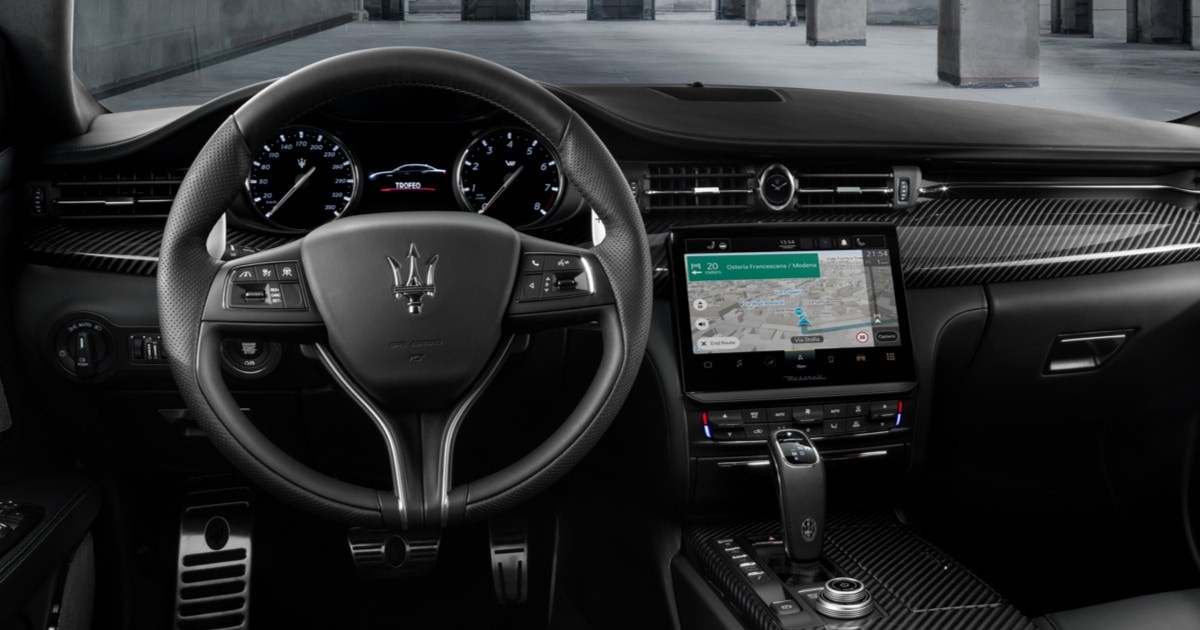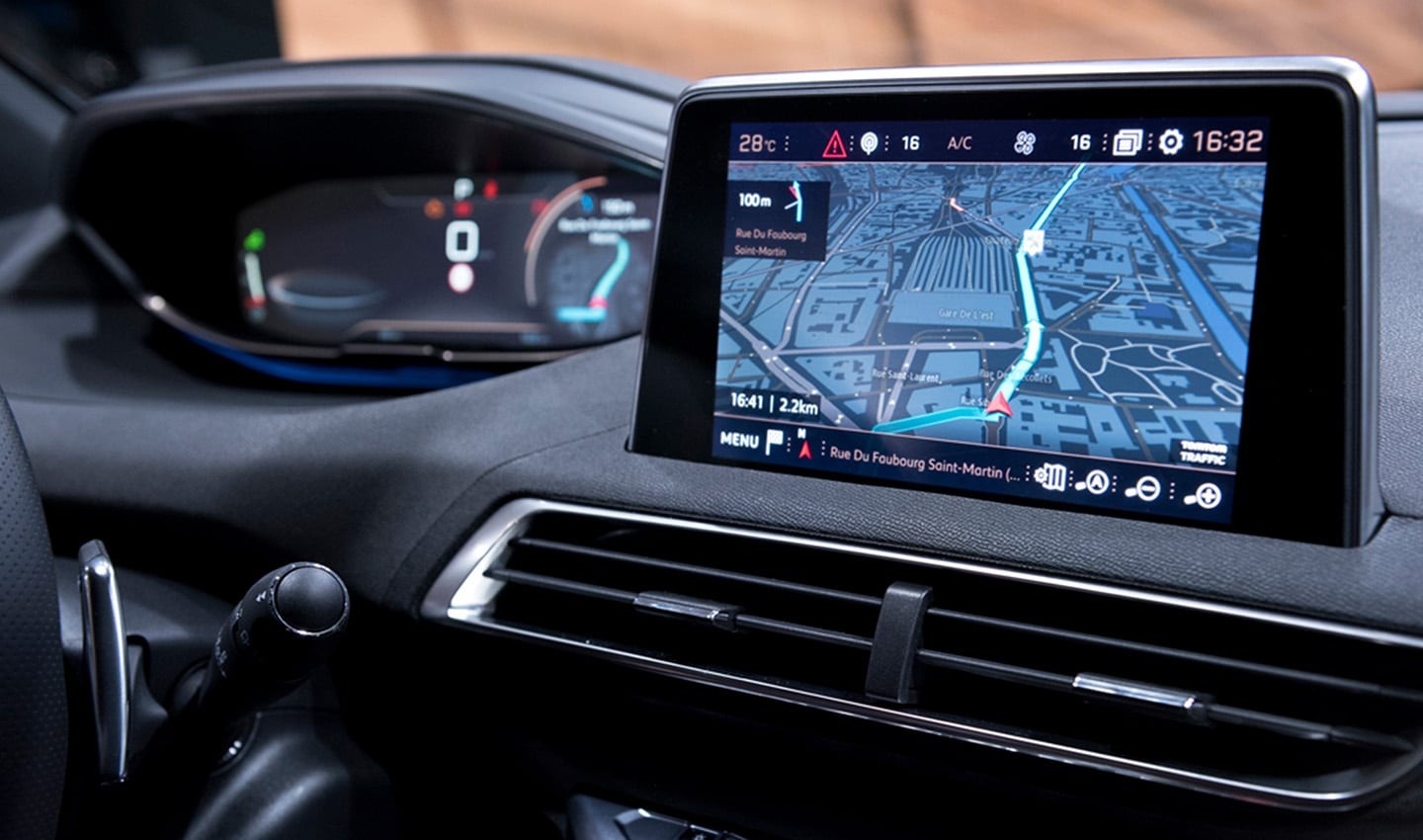The increasing importance of in-vehicle experiences
&w=256&q=90)

Driving has always been an experience. From the motorized carriages of the late 1800s to the refined luxury sedans of today, harnessing fire, explosions and the power combustion engines generate has always connected us to our vehicles in a very visceral way. But as we go electric and vehicles get more advanced, the way we experience our vehicles is changing.
That feeling of putting your foot down in a combustion engine car, hearing the vehicle roar, sensing its power as you’re pushed back in your seat, the burbles, the lurches, the vibrations, the swelling of revs, the harnessing of fire and the crackling exhaust note, is unlike any other human experience.
For the past 100 years or so, the experience of driving has been, for the most part, linked to the vehicle’s drivetrain, engine and how it puts power on the road. However, in more recent years two key things have started to happen that are changing how we experience our vehicles.
For one, cars are going electric. We can all agree this is a good thing, but the issue is that EVs share many of the same driving characteristics by proxy of being electric. Sure, the amount of power EVs deliver varies a lot, but the way they deliver it is all kind of the same. Not to mention, they all sound the same too – in that there isn’t any engine noise. These aren’t bad things, they’re just characteristics of EVs, characteristics which make EVs very different from combustion engine vehicles.
Secondly, cars are getting more advanced. Not just in terms of electric drivetrains but in terms of safety features, entertainment systems, dashboards, navigation features, driver aids and human-machine interfaces.
A route to new experiences
First things first, electric cars are great. They deliver torque immediately, are quiet, refined and smooth. With every month more come to market, bringing people more choice and their prices are becoming more attainable too.
I’ve been lucky enough to drive quite a number of cars in my life. When things were all combustion, I walk away thinking about how the engine felt, how the car sounded. Essentially, my thoughts and emotions on the matter are consumed by the fact it burns fuel for power.
On the other hand, when I’ve driven electric vehicles, I walk away thinking about the experience in the vehicle and less about how the drivetrain made me feel. I find I’m less critical about power delivery, refinement and exhaust note, because in an EV power delivery is great, it’s silent and smooth, and there is no exhaust note to comment on. It’s all just very good, and that’s all there is to say on that.
Instead, it’s the in-vehicle experience, the digital cockpit, that matters most in an EV. It’s the experience inside the car that I walk away thinking about. It’s that experience I ask other drivers about too.
What’s more, as vehicles become more advanced with multiple display screens, head-up displays, voice assistants and gesture control, there is more opportunity for carmakers to differentiate themselves on their in-vehicle experience.
While how the car drives is still important, with more features in a car’s digital cockpit, it will become a much bigger component of a driver’s purchase decision.

Cars of the future will be defined by their software. Drivers have much greater expectations of in-vehicle experiences, they want more tech in their car, but they also want it to be useful.
Which car has the best software? Which car gets the most updates? Which car has the best navigation system? Which car can I personalize to my needs the most? Which car has all my favorite apps, like Spotify or Alexa available? Which car has the best layout of screens for me? Which car do I want to sit in when I’m charging at an EV station?
These are all questions that are likely to be on the minds of car buyers as we transition into an electric world of hyper advanced cars.
Further into the future, car buyers will focus even more on these kinds of questions, as cars feature higher levels of autonomy, and owning a car becomes even less about driving and more about the experience of what you can do while you’re in the vehicle.
Just the beginning
When we have the world in the palm of our hand in the form of a smartphone, drivers expect the same, if not more, from their cars. They expect seamless user interfaces, they expect intuitive controls, they expect regular updates and they expect new features.
Find out how TomTom is transforming the future of driving experiences with its Digital Cockpit.
Drivers expect to be able to tailor their vehicles to themselves, and in many ways, they expect the car to tailor itself to their needs, to learn from them. For cars of the near future this could look like integrating with your calendar and suggesting the best time to set off to get to your meetings on time while playing your favorite playlist. It could be a dark mode that enables at a user defined time of day. It could be a predefined mood lighting and driving mode based on the driver’s destination.
The possibilities are limited only by what we can program into the car’s software-hardware system.
Beyond cool and useful features, carmakers are going to have to answer many questions, though: How will they bring their brand to life inside their cars? How will they design interfaces that enhance driving rather than overcomplicating it? How will they integrate systems across multiple screens? How will they make drivers walk away feeling like they’ve had a great experience?
While the way a car drives, its performance and looks are still important, what’s becoming increasingly important is what a car’s like to be in, what it’s like to experience when there is no combustion and no noise to excite the driver.
October 21, 2022, 06:30 UTC.This article has been updated to reflect the new name of TomTom’s in-vehicle infotainment platform. It is now called TomTom Digital Cockpit.People also read
)
Cars of the future will be defined by their software
)
What is a digital cockpit? The future of in-vehicle infotainment
)
The complexity of fixing range anxiety
* Required field. By submitting your contact details to TomTom, you agree that we can contact you about marketing offers, newsletters, or to invite you to webinars and events. We could further personalize the content that you receive via cookies. You can unsubscribe at any time by the link included in our emails. Review our privacy policy.